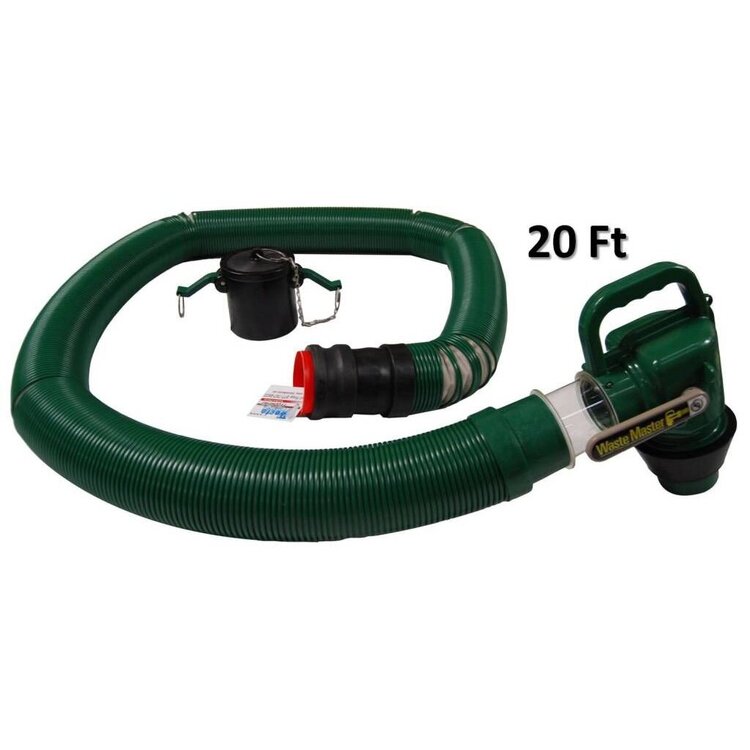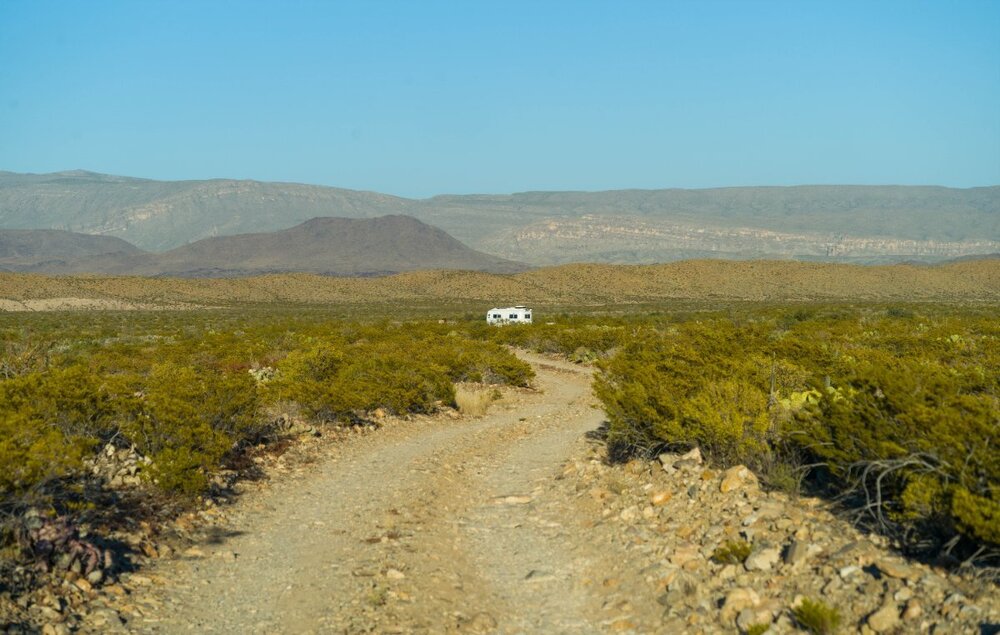Leaderboard
Popular Content
Showing content with the highest reputation on 11/02/2025 in Posts
-
5 points
-
2 points
-
2 points
-
1 point
-
Will there be a video coming to a Forum or YouTube near you soon? Bill p.s. safe travels for you and the pup.1 point
-
1 point
-
A quick update, Mike Sharpe replied to my ticket, and let me know the hand piece is an ITC. They’re readily available from Amazon. Thank you, Mike.1 point
-
1 point
-
You can buy an end cap with a garden hose connection, but it is centered. As a cost savings measure and better drainage, I drilled a hole at the bottom of the one that came with the DM system and fitted it with brass adapters. I can use this smaller silicone hose to drain gray water as needed, and it serves as a ‘sight tube’ to indicate a valve (black or gray) leak; the tube has a terminal valve.1 point
-
1 point
-
Your Oliver may have been equipped with a macerator, but more likely an electric valve, in the past and the wires since abandoned. Whether the power is found to be direct or switched, it could seemingly be used for a light if so desired. The buckle/latch is more commonly referred to as a camlock coupler and looks exactly like the Drain Master coupler on the sewer hose system I installed on my OLEll. Drain Master also has a 12VDC Pro-Series Electronic Valve, so it is likely the previous owner kept the Drain Master setup and left you with the camlock coupler waste hose terminal and valve wiring harness. As to “another identical buckle/latch on the other side”, that’s a mystery! I can leave the sewer hose attached, but a tight fit with the bumper closed. Instead I leave a cap fitted with a smaller hose. Here are some pics of my setup:1 point
-
Our front graphics are becoming a bit tattered like many others so I might just take what’s left of them off. Personally I don’t think the front being naked looks all that bad myself but do like the company name at the rear which luckily those are still in good condition. The third brake light is totally shot and has been for sometime. Not sure what to do about that other than complete removal. 1st World Problems, not a big deal to me.1 point
-
1 point
-
That's the high quality and very expensive Waste Master sewer hose system that you have on there. I remember that someone adapted their trailer to use this system, so maybe that's your new trailer. I'd looked into it at the time, and have it on my long list or potential modifications. https://drainmaster.com/rv/product/waste-master-20-sewer-hose-system1 point
-
Good to know of your experience, John. I thought that LiFePO4 batteries could freeze given 60% +/- SOC and fully disconnected from load and charge. This is as easy as it gets for winter storage! Good to know it has worked for you. Your Oklahoma storage location certainly gets a number of freezing days and nights over the long 8 months you are off the mainland. If we ever see some real cold coming, I'll do the same. Run SOC down to 60% and then pull the ground cable on our battery bank. So simple! Way better than the manufacturers that state charging power can be left on all year just as long as SOC is low once a year. I don't see that advice. Thanks John, your Battleborn method is the best plan yet and so easy to implement! Battleborn was the best choice when you upgraded years ago. No power required during storage, no battery removal, no fuss, no worries! 😎1 point
-
1 point
-
1 point
-
1 point
-
FYI…Oliver quoted me $1500 for the rear receiver assy including installation, just checked and the Sea Biscuit Oliver rear basket is $1050 including hardware to mount the basket to an Oliver without receiver assy! My intention was to get the Oliver receiver assy, remove the 2” receiver and side aluminum rails then add longer side aluminum rails in order to mount an aluminum basket on the rails. So $1500 for the Oliver receiver, $350 for a UWS basket plus modifying the Oliver receiver….then I saw the sea biscuit basket which is exactly what I was looking to do…and cheaper, so for me definitely worth it!😊 Here’s the sea biscuit basket and link Now I just have to decide if I want it in bare aluminum, or powder coated for an additional $250. 🤔1 point
-
This was our setup with the Seabiscuit basket and a custom made trunk box. Yes definitely not easy to access the sewer hose, but 💯% doable if you’re able to get on all 4s!😊 And just in case the question comes up about that ginormous bin on the back and tongue weight, we also had a custom generator bin in the front and all weights were golden per CAT scales.0 points
-
Recent Achievements






































.thumb.jpg.e34bf01ef7f7d5e99ad31856d45afbeb.jpg)

